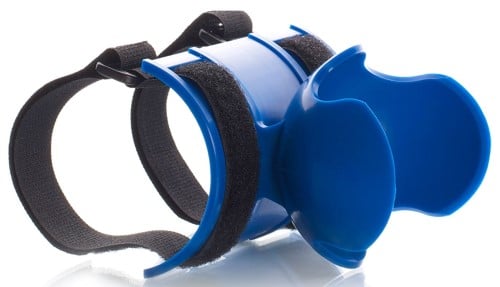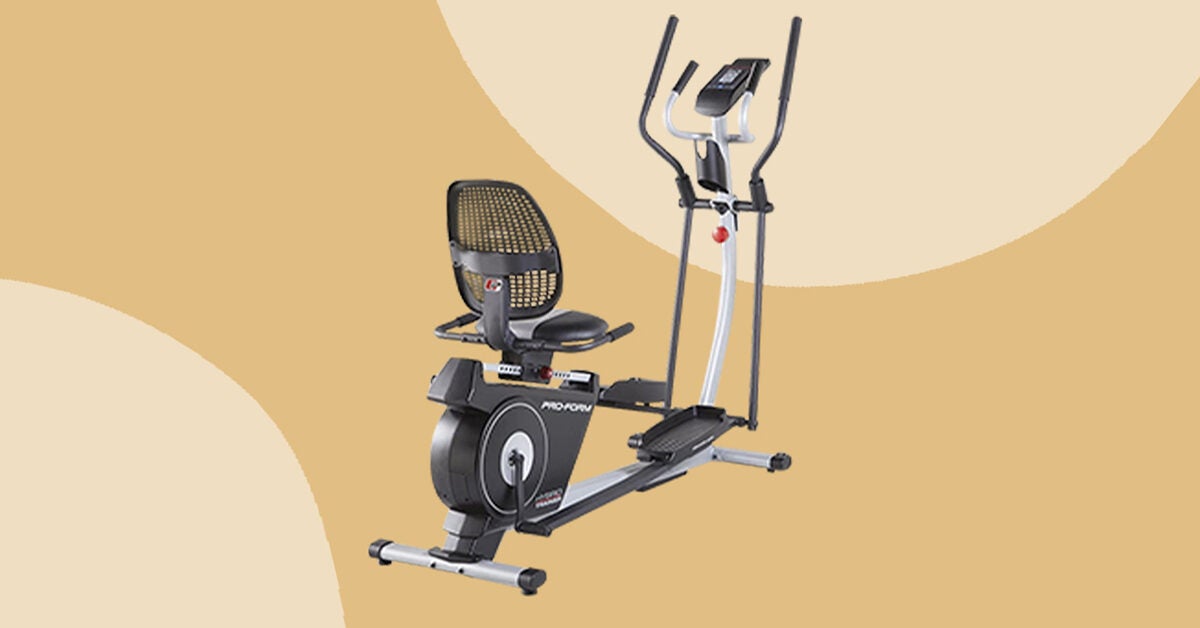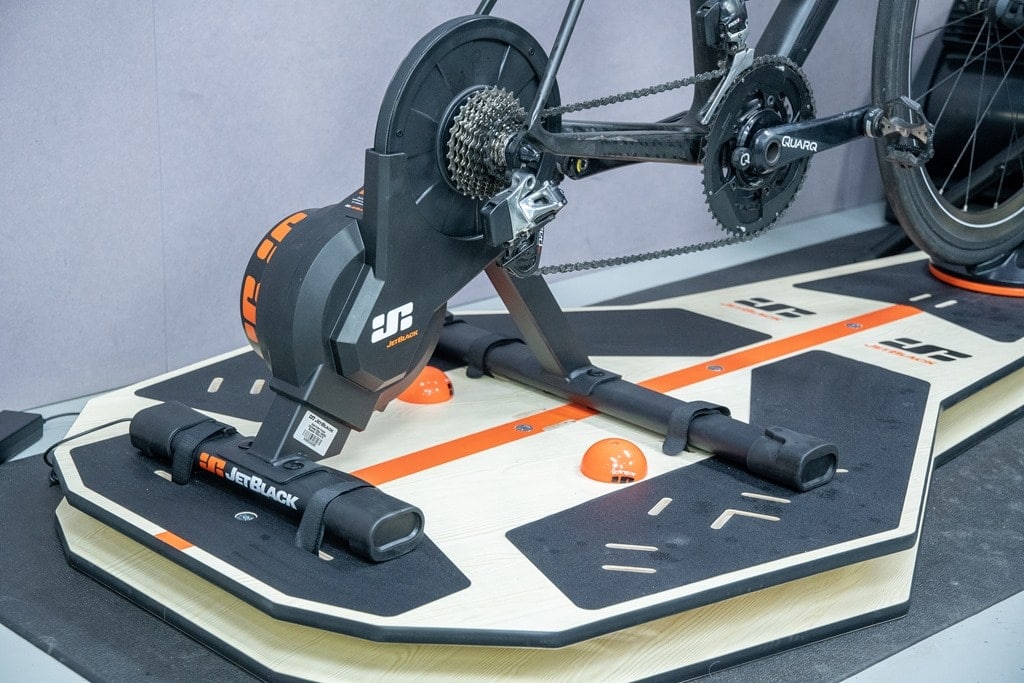
This also adds “My RealVideo” featuring hundreds of course all over the world. This allows you not only to Map courses all over the world with Google Maps (inclusive of elevation changes, but it leaves out traffic and stop signs) but gives you a host of training info on the screen so it’s not all fluff and eye candy.
#Line drive pro trainer reviews manual
Frankly, I am manual adjustment fan for the hard work and Elite have a very easy to use screen for handling the basics and programming intervals.Įlite also toss some great tech at you with their “My E Training” software package.


So when it comes to programming, Elite also have their own, house-branded training packages.
#Line drive pro trainer reviews tv
I can watch movies / TV / anything else without these trainers bothering me… Whatever the cause, neither could be described as loud, in fact they’re both relatively quiet (LOTS more quiet than nearly all older trainers I have). Maybe that’s down to the “biomimicry” of the shape of the internal fan of the Direto? That means that when I’m running fans, I pretty much can’t hear the Direto (I just barely hear the Kickr). The tone of the Direto is damn near the exact same as the fans I use but the Kicker was more of a whine. I couldn’t tell which was “louder” BUT there was a difference. Yet the noise here in decibels was nearly a tie with Wahoo’s Kicker (Both units got a 10 minute warm up and were running at 300 watts / 25 MPH as tested with Iphone’s simple meter at exactly the same distance). The Direto’s Flywheel has a lot of surface fins and then there’s also that internal fan that cools the braking system and internals…Īt a glance, I thought for sure that noise would be one area that the Direto would suffer. There’s also a handle for carrying that’s integrated into the back of the unit.Īnd the unit itself weighs in at 33 pounds which is lighter (by 10ish pounds) than a few other trainers with heavier flywheels and also heavier frames, and the latter (heavier frames) don’t add stability versus the Direto. Once you’re finished with the workout though, the footprint is very compact. I will say that this is a shortcut versus spring loaded locks on more expensive units like the KickR. The legs can be locked into place by twisting a screw… under each leg. The footprint here with the legs spread out is pretty wide. Under those same big resistance changes / sprints I also noted that the Direto is VERY stable… It’s in these steady state instances that you would care about your cadence in any case, so it’s a minor flaw, but worth noting. That said, once you fell into any sort of rhythm, it very quickly came back on track. On spin downs and under big load / wattage changes, the cadence indicator could simply go a little wonky…. It’s also consistent… The calibration only takes a few seconds, but after initial calibration, I simply forgot to do the spin down again for a few days and it never tracked any less accurately (Verve’s Infocranks are also incredibly easy to calibrate and they were calibrated for every ride).Ī bit less accurate was the integrated cadence “estimator” that’s a part of Direto’s package. I think the Direto’s accuracy is this is better than claimed.

When running intervals with the Direto and cross ref’ing that with Verve’s Infocrank and Garmin’s Vector pedals, the Direto was generally at the tracks and running this for intervals into the 12-1400 watt max range, the Direto was extremely close… As close as it’s more expensive Elite Counterpart the Drivo and also right in line with Wahoo’s Kickr. This is a good thing as some other trainers seem to think “instant” response is a good thing when it really is not…Īs for accuracy, Elite claim 2.5% +/. That means that the Direto doesn’t slam on the resistance instantly and instead gives you a couple of seconds of more gradual change. When I say “properly”, I mean that the Direto doesn’t instantly change the resistance when your program indicates sudden change (either from a programed course elevation or from your own manual input if you’re operating in Erg mode). The Torque sensor tracks with enough frequency (more on accuracy later) that the braking unit has a constant flow of information that allows it to adjust resistance properly. Inside the fan cooled housing sits an electronic braking (resistance) unit as well as an Optical Torque Sensor (a functional power meter).

Road feel is also about the sophistication of the resistance tech that controls the spin of that big flywheel. Now before you think “aha, the flywheel is where they cut corners as other top end trainers have 12+ pound flywheels”, you have to understand that “Road feel” isn’t always about a heavy flywheel.


 0 kommentar(er)
0 kommentar(er)
